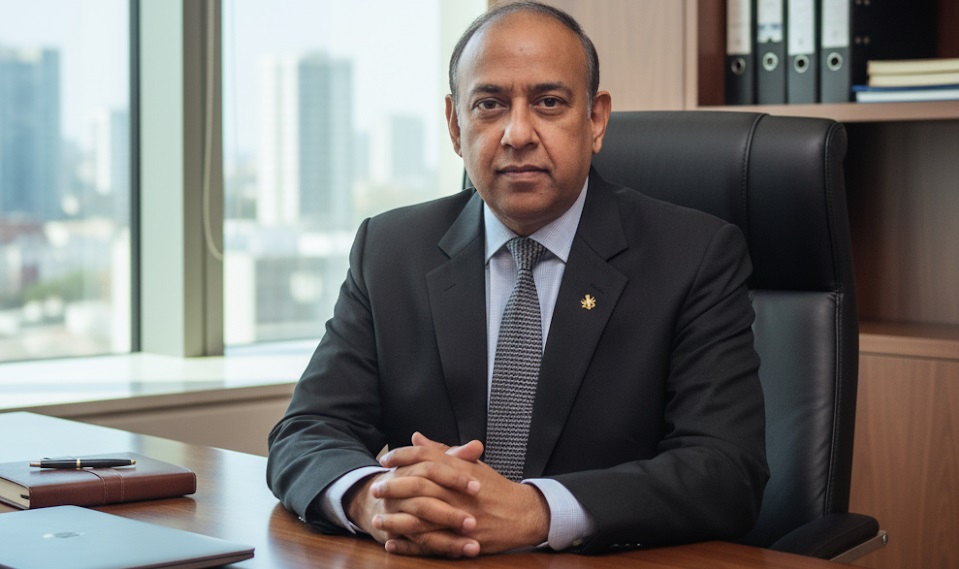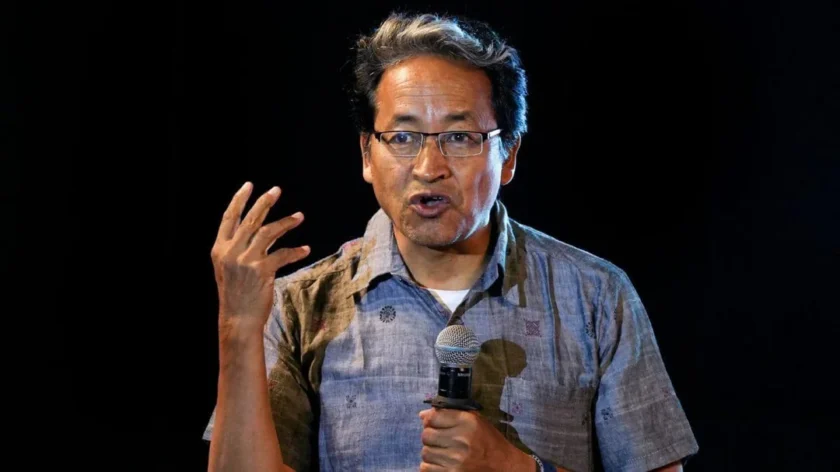Cdr Sumit Ghosh
Today India finds itself surrounded by a region marked by growing political, economic, and social volatility. From military coups and economic collapses to the spread of extremism and increasing foreign interference, instability in neighbouring countries is reshaping South Asia’s strategic landscape. For India, this poses urgent challenges and demands a clear-eyed, pragmatic strategic response.
Pakistan remains mired in deep political unrest, economic crisis, and a rising tide of extremism. Its military retains outsized influence in governance, while its growing strategic and economic ties with China, especially through the China-Pakistan Economic Corridor (CPEC), have direct implications for India’s security and influence in the region.
In Afghanistan, the Taliban regime continues to struggle for internal legitimacy, while terrorist groups like ISIS-K find fertile ground amid a lack of governance. India’s diplomatic presence has diminished, even as security threats grow closer to home.
Nepal is facing recurring political instability, with frequent government changes and an internal balancing act between Indian and Chinese interests. Border disputes and nationalist politics have strained bilateral ties in recent years.
Sri Lanka, still reeling from its economic meltdown, has leaned on both India and China for support. While India stepped in with humanitarian aid, Chinese strategic investments, such as the long-term lease of Hambantota Port, continue to raise concerns about long-term debt traps and influence.
In Bangladesh, despite relative political stability and strong economic growth, tensions persist over internal political rivalries, migration issues, and rising Chinese investments. The unresolved Rohingya refugee crisis remains a potential flashpoint.
Meanwhile, Myanmar’s post-coup instability is directly impacting India’s northeast, with growing refugee inflows and the reactivation of cross-border insurgent groups. Civil conflict and the military junta’s crackdown on dissent have made diplomatic engagement increasingly complex.

All this unfolds in a region where China is actively expanding its influence, often at the expense of India’s traditional clout. From infrastructure investments to military cooperation, Beijing’s presence is growing in almost every South Asian capital.
How India Should Move
India must now recalibrate its regional strategy with a combination of realism and proactive diplomacy. The “Neighbourhood First” policy needs renewed focus which is backed by sustained engagement, economic assistance, and cultural outreach.
Security concerns must be addressed through tighter border management, intelligence-sharing, and defence modernisation largely through Self Reliance model. Simultaneously, India should expand regional connectivity projects like the Kaladan corridor and promote groupings such as BIMSTEC and IORA, which offer alternatives to China centric platforms.
India’s soft power through education, health diplomacy, and cultural ties can be a powerful counter to China’s cheque book diplomacy. Equally important is maintaining strategic autonomy while deepening cooperation with like minded partners through platforms like the QUAD for the Indo Pacific region.
A stable and cooperative neighbourhood is not a luxury, instead it is a strategic necessity. While India cannot dictate the internal politics of its neighbours, it can shape the regional environment through consistent, principled, and pragmatic engagement. In an era of shifting alliances and external interference, India’s leadership in South Asia must be anchored in resilience, foresight, and an unwavering commitment to regional peace.






